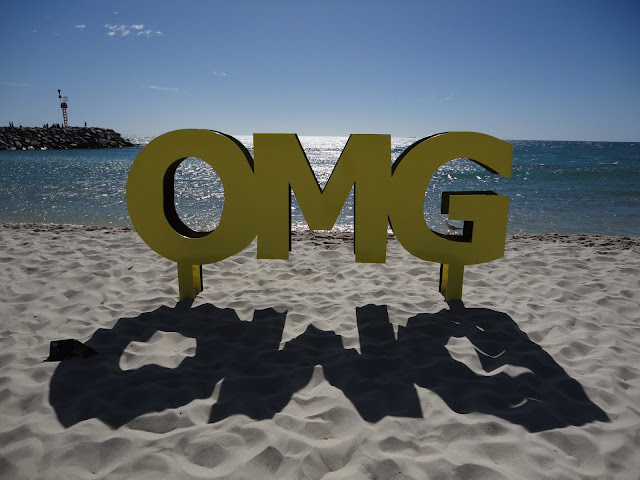Last year over 5,200 cities and towns in 135 countries switched off their lights in support of action on climate change. With the power of social networks spreading the message, this number is expected to be higher with more countries and more cities joining in with a commitment to change to create a sustainable Planet.
Sydney residents were asked to show support for climate change, and 2,2 million people and more than 2000 businesses turned off their lights for an hour.
In 2008 the rest of Australia followed, then Canada and before long 35 other countries were part of the event. In 3 years it went from 35 to 135 participating countries!
In 2011 it was the first Earth Hour to go beyond the hour, when supporters were asked to think what else they could do to make a difference.
To find out more about Earth Hour, share your stories and pledges go to http://www.earthhour.org/
I remember two years ago, the first time we participated, we actually had a power failure due to something blowing up in our "junction box", so we actually had no lights for about 4 or 5 hours until our electricity provider came to fix it! Last year we organized a candlelight dinner.
This year we will not be home for a few hours as we are attending a friend´s birthday, so our lights will be out for a few hours. Not sure whether my friend´s dinner party will be lit by candles only...
So, even if you only switch your lights off for 1 hour, every little bit helps.
Enjoy your evening, under the stars or candle light!
Does your city or town take part in Earth Hour? Are you planning to do something different?






















